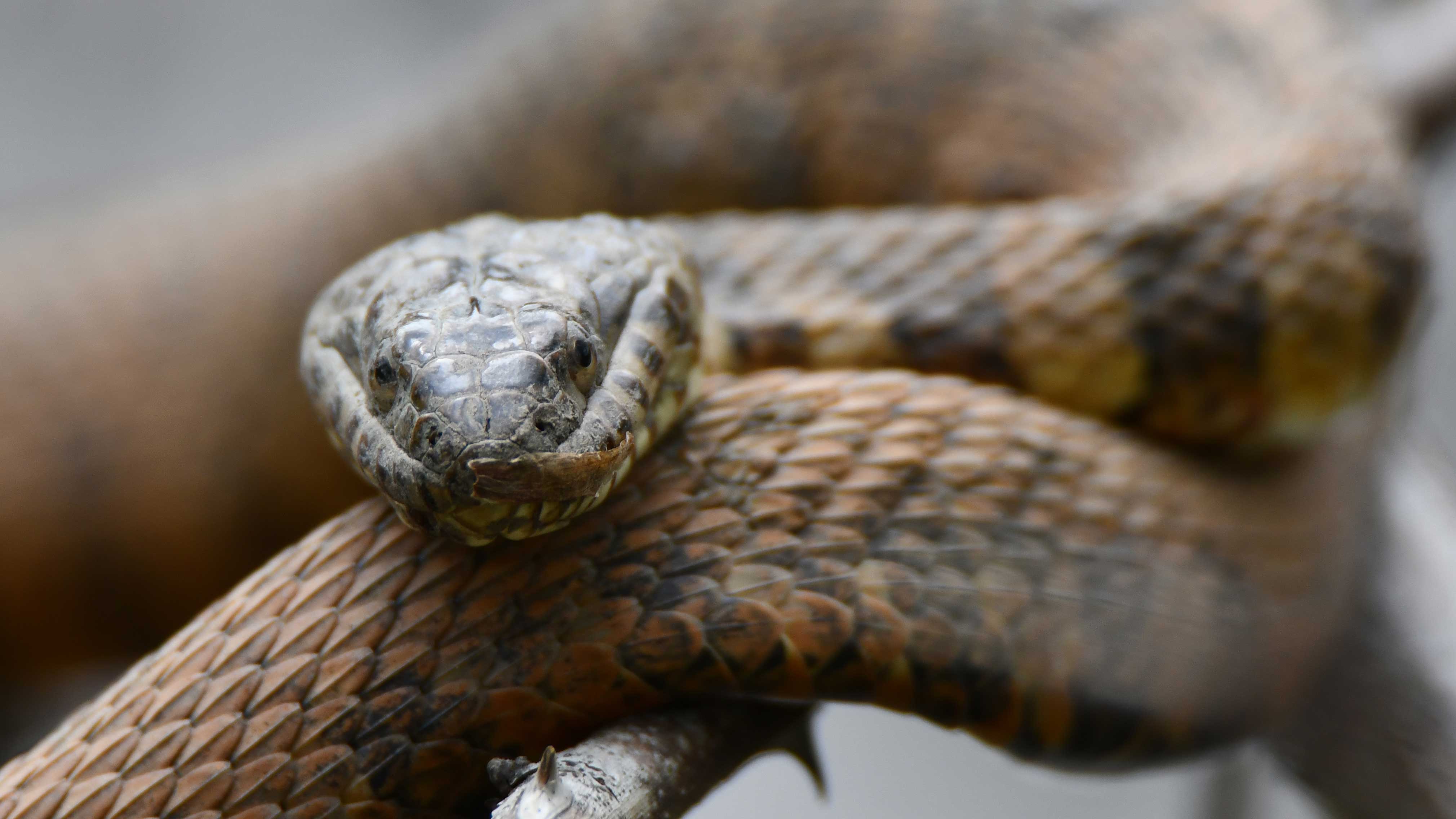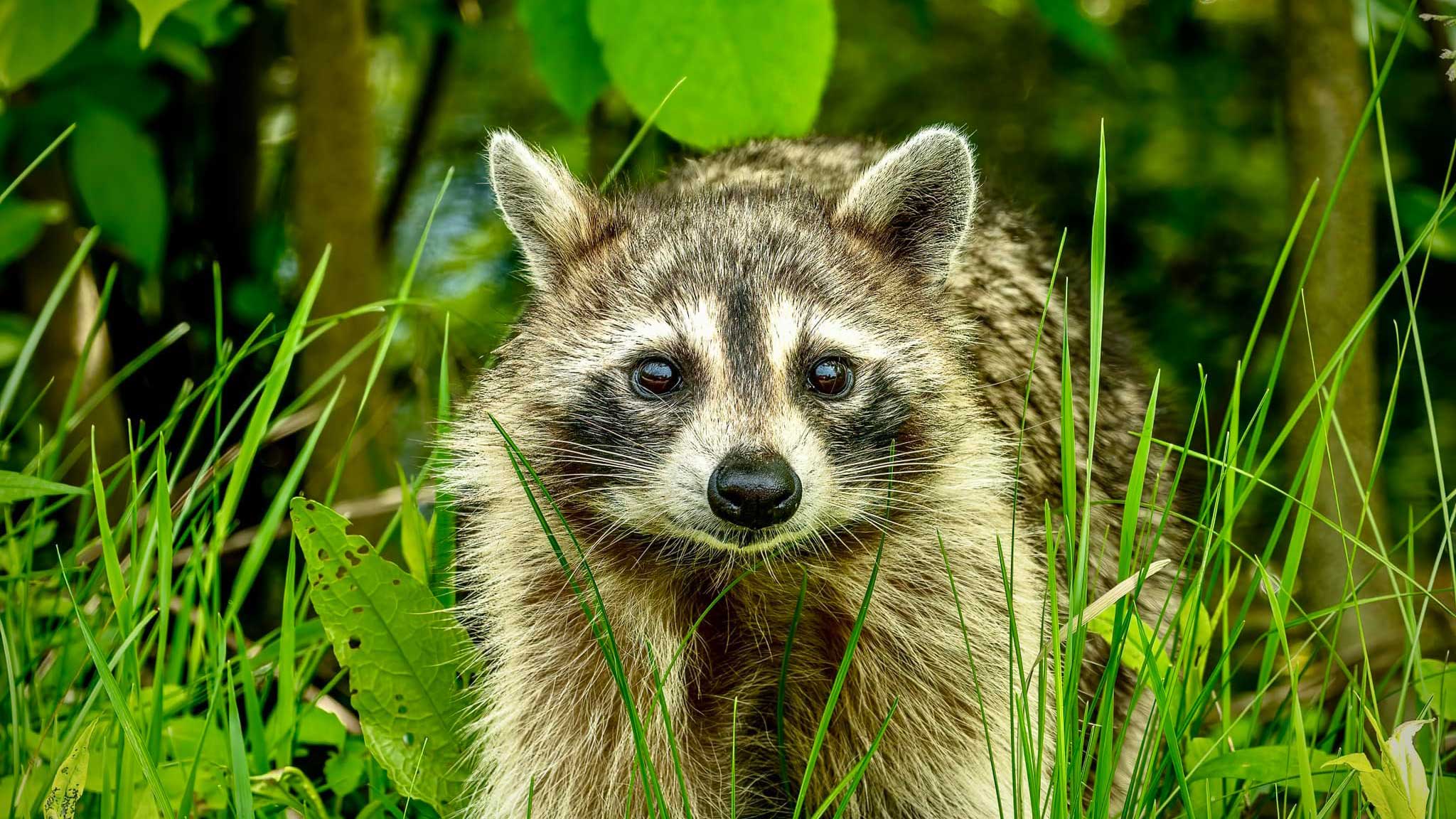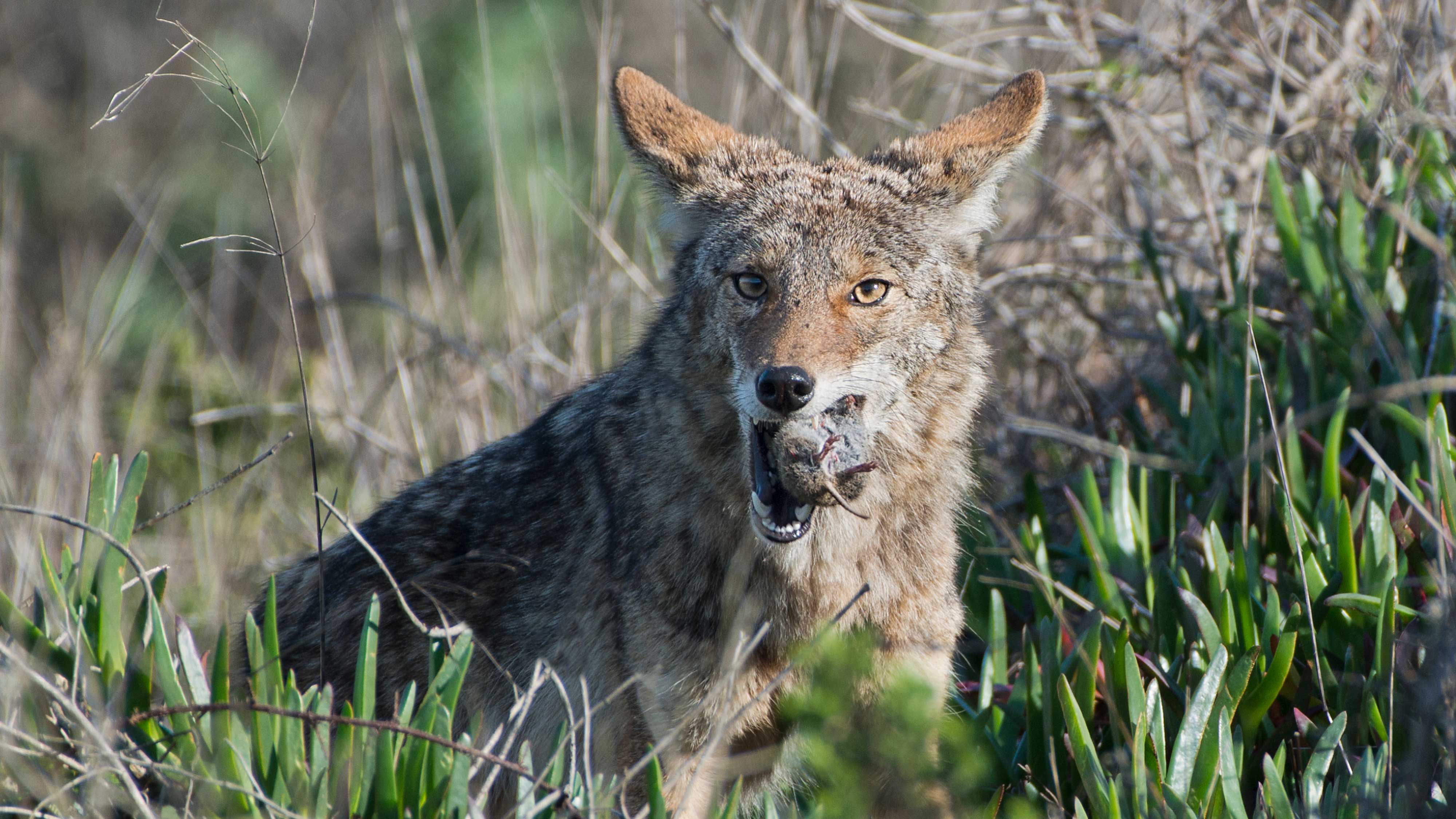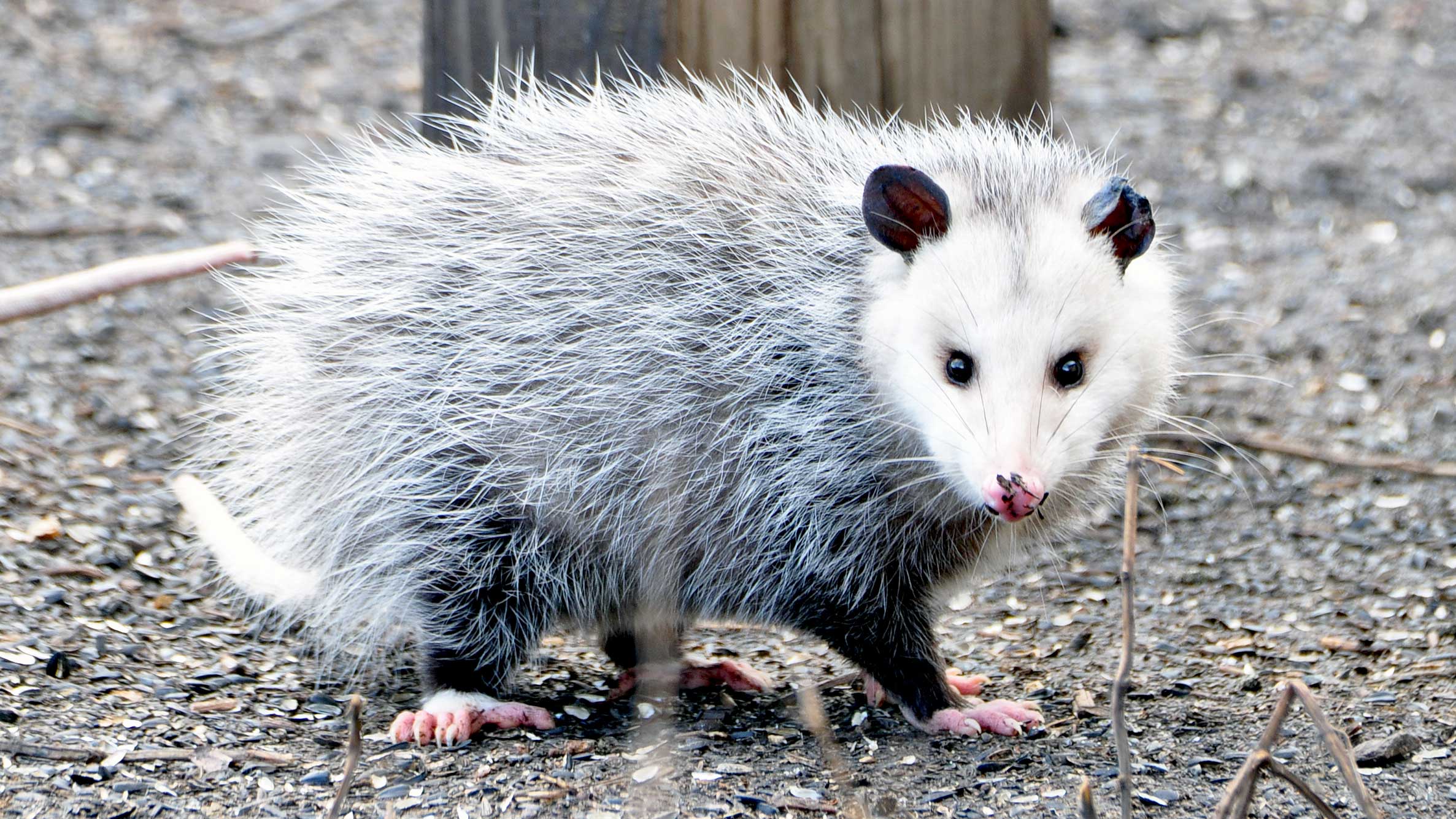| Story by Meghan McMahon |
7/20/2018
Most people have an animal or two they would rather not have an up-close-and-personal encounter with. Some are avoided because they carry diseases; others are downright feared, irrationally or not. From time to time, people may even wish for a world without these animals and insects.
The reality, though, is every critter – even the ones that creep, crawl, slither and lurk in the night – is an important part of its environment and contributes to healthy ecosystems.
“They all serve a role,” said Angela Rafac, an interpretive naturalist for the Forest Preserve District. “All species are an important part of their ecosystem and maintaining the balance of nature as part of the food web.”
Having a better understanding of some of the more maligned animals found in Will County can help turn our disdain into appreciation. Here’s a closer look at some of the animals people love to hate as well as the benefits they provide to our environment.

)
.jpg?width=2318&height=1304&ext=.jpg))
)
)
)
)
)
)